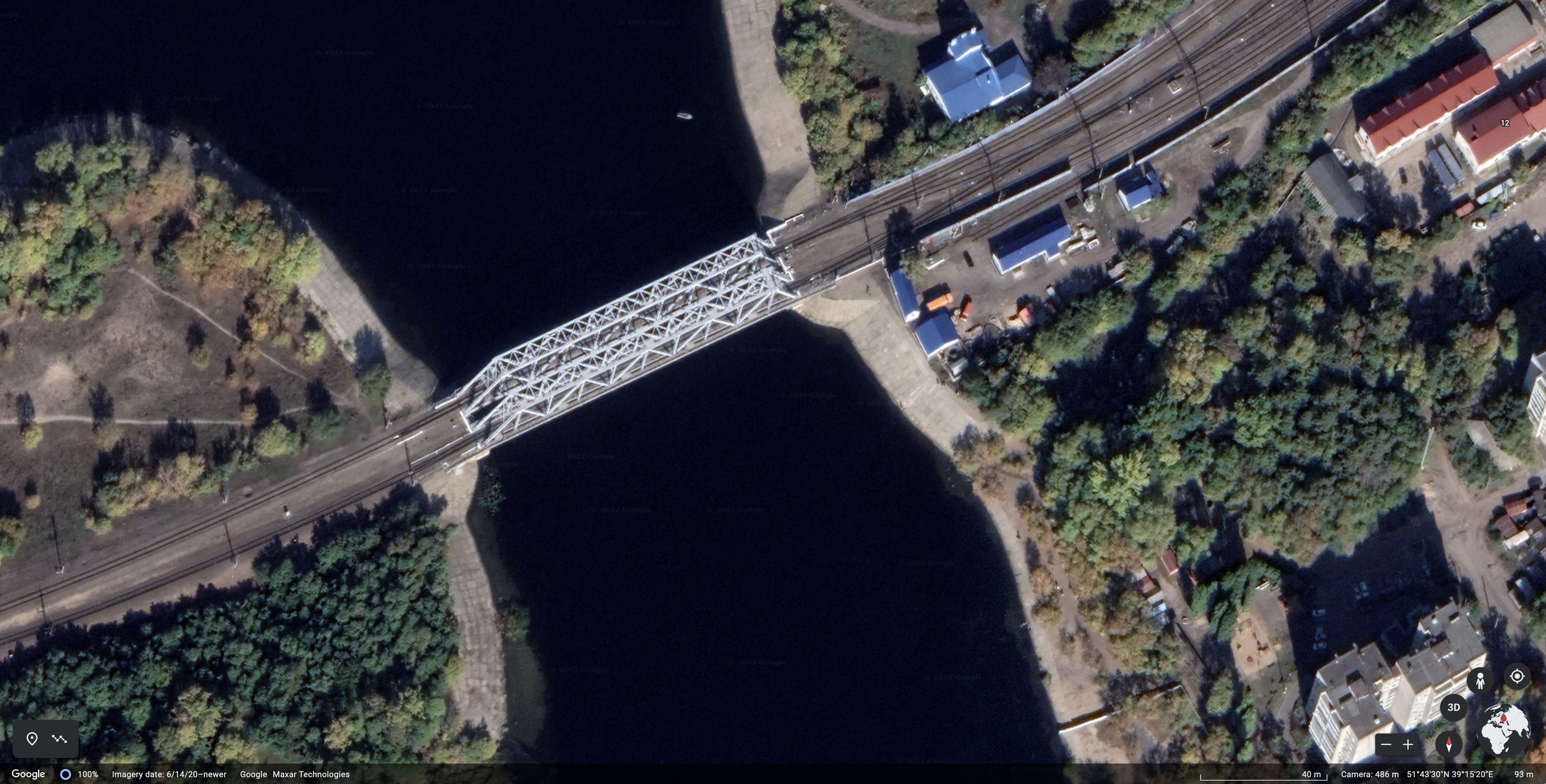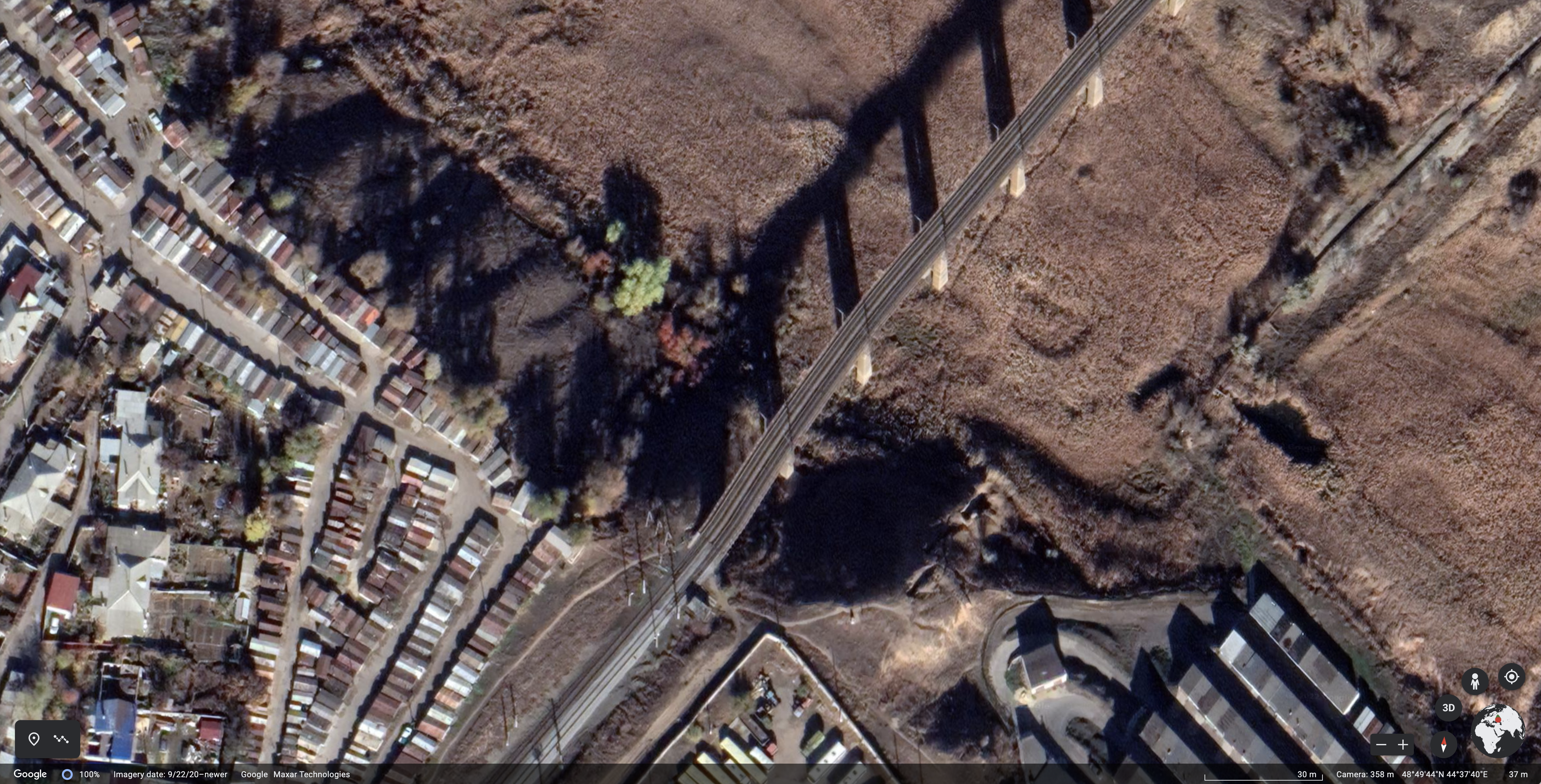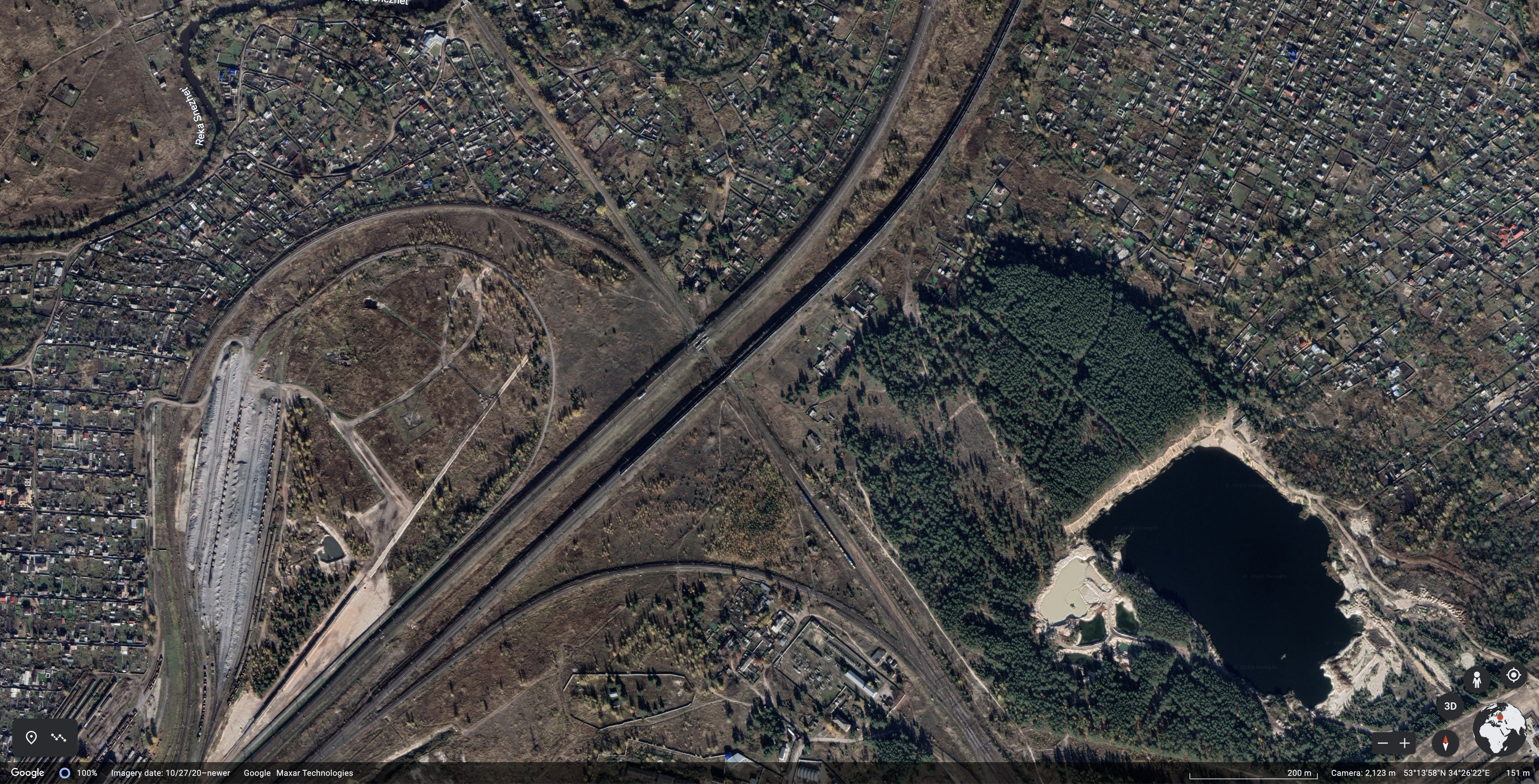Ukraine: Think Deep Attacks Against Russian Logistics
Ukraine: Think Deep Attacks Against Russian Logistics
By Chuck de Caro
The current state of the Ukraine-Russian war has fallen into a see-saw struggle for small territorial gains, much like the War in Korea in 1952-53.
While the Ukrainians are now beefing up their capability for offensive naval operations in the Black Sea, as recommended in these pages months ago, those actions against the vulnerable Russian littoral left flank have yet to occur.
With those naval operations presumably soon at hand, the Ukrainians might be well advised to begin attacking the Russian war effort’s other great vulnerability: Logistics. Specifically, the Russian Rail System, and the command and control structure of the Russian Army’s Material Technical Support Brigades.
Russian Railroads: Andrew’s Raiders Redux, An Echo from the Civil War
In 1862, with the Union’s first assault on Chattanooga in the offing, the Union sought to exploit the Confederates’ logistics vulnerability: A single track railroad line, running from Atlanta to Chattanooga.
James Andrews, a Union civilian scout and spy, along with fellow civilian William Campbell, convinced General Don Carlos Buell to ask for 22 Army volunteers to infiltrate south to Georgia, steal a train and then head north, burning bridges and wrecking track. While Andrews and his men ultimately failed, with Andrews hanged as a spy, as were seven others, some escaped and evaded, and the balance were repatriated and awarded Medals of Honor.
The raid had failed because Andrews’ men had no explosives or wrecking tools, and heavy rain not only precluded the wooden railroad bridges’ burning but slowed the men’s escape. The idea, however, was a good one: Use the enemy’s logistics to transport raiders to specific targets inside enemy territory; sort of like a modern computer virus, but with bytes the size of boxcars.
The Ukrainians have the advantage, as Andrews’ Raiders did, of being able to pass for the enemy. Thus, it would be possible for Ukrainian Special Forces to take advantage of anonymity and attack several railroad chokepoints simultaneously, deep within Russia. If successful, such strikes would not only cause massive logistics problems that would multiply as summer faded and winter set in, but they also would create a huge propaganda shock that would hit Putin squarely in the groin.
The targets for such attacks are four railroad bridges, one in Voronezh one in Vologograd and two at the intersection of railways in Fokinsky Rayon.

https://earth.google.com/web/@51.72462785,39.25713522,93.03642707a,357.17114035d,35y,360h,0t,0r


https://earth.google.com/web/@53.23300964,34.43960237,151.88060429a,1971.53073169d,35y,0h,0t,0r
The four bridges all are choke points whose destruction would cause the aforementioned logistical nightmare and require redeployment of large numbers of troops to secure important railway viaducts.
Getting In…And Out
While it might be possible to hijack a train, the better way would be to use Soviet-era Russian high-rail trucks still in the Ukrainian inventory. These 6×6 trucks have hydraulically-operated train wheels which can be lowered to use railways or raised to use roads. Each truck would be completely loaded with fuel and explosives…. several tons’ worth.
By using meticulous pre-attack reconnaissance and diversionary strikes, it would be possible to insert three trucks, each with four soldiers, into Russia, using both road and rail to get to the bridges in question. In addition, decrypts of Russian Railway Troops’ communications, transmitted to the UKR Special Forces soldiers, would keep them apprised of trains already on tracks that would impair their movement. At each bridge, the soldiers would pack the Semtex plastic explosive as required by the formula, P=R cubed KC. But forget the formula: With railroad bridges, P is for PLENTY).
Before leaving the UKR commandoes should “return” captured (banned) Russian POM-3 anti-personnel mines, as a “welcome” for the material technical troops. Also left behind are hidden satellite video cameras designed to capture the bridge blast and the aftermath as the Russians get caught up in their own banned anti-personnel mines. A rather large propaganda payoff and certainly a blow to Russian Army morale.
At each bridge site, the soldiers would be met by previously infiltrated “friendlies” equipped with civilian vehicles, false documents, local currency, and gold. As the delay timers detonate tons of Semtex, sending the bridges skyward, the Ukrainians would head east to safe houses; and then after some time has passed, they would head south to exfiltrate via one of “The Stans.”
Targeted killings Of Material Technical Brigade Leadership
While the Ukrainians have focused on killing a dozen Russian generals and other front line commanders, they might be well advised to start taking out commanders and senior staff of the Material Technical Brigades.
Following the adage that amateurs think tactics and professionals think logistics, the cost-benefit ratio of taking out highly-skilled military engineering officers upon whom rapid repair of critical infrastructure is dependent, should be obvious. These officers are limited in number and their skills not easily replaced. In effect, their loss is a “reverse force multiplier.”
Therefore, every effort should be made to decrypt Russian communications, especially as these officers rush to the scene of the destroyed bridges, and induce their demise via drone, missile, or special operations ambushes.
The result of these kind of actions will stall Russian offensive operations, cause troops to be redeployed from the battle front to secure lines of communications and leave a much bigger headache for Vladimir Putin.







Another thoughtful and…
Another thoughtful and informative idea from a man with a military mind and experience who knows what he’s talking about.
I’ll be watching Fox News and hoping to see that after Ukrainians ‘cross those bridges when they get to them’ they blow them sky high and lower Russian morale even further.
Note to president zalenskyy: call Chuck.